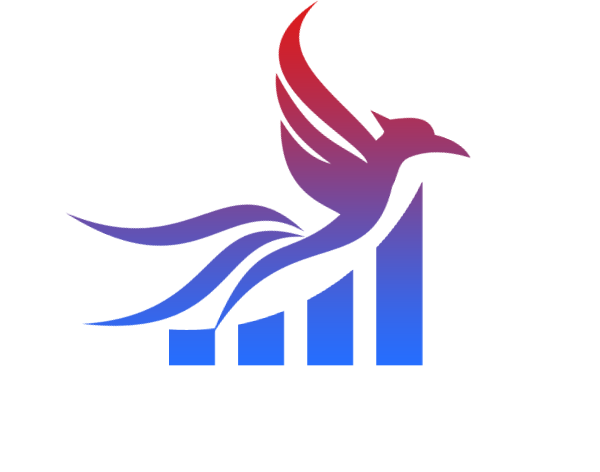Advantages of VA Loans:
- Content Writer
- August 17, 2023
- Mortgage and Financing Options, Veteran Mortgage Refinance Options
- 0 Comments
Advantages of VA Loans:
Certainly! The U.S. Department of Veterans Affairs (VA) provides several financial benefits to veterans and active-duty service members, one of which is the VA home loan program. Here’s a breakdown of the unique advantages and the specifics of VA loans, as well as their potential limitationsAdvantages of VA Loans:
- No Down Payment: One of the most significant advantages of a VA loan is the ability to finance 100% of a home’s value, meaning you don’t need a down payment in most cases.
- No Private Mortgage Insurance (PMI): Unlike conventional loans, which often require PMI when borrowers put down less than 20% of the home’s value, VA loans don’t require PMI. This can lead to significant monthly savings.
- Competitive Interest Rates: Generally, VA loan rates are competitive with, and sometimes lower than, conventional loan rates.
- Flexible Credit Requirements: While there are still credit requirements to meet, they tend to be more lenient compared to traditional financing options.
- No Prepayment Penalties: You can pay off your VA loan earlier than the term without incurring penalties.
- Limited Closing Costs: The VA limits the closing costs lenders can charge to VA loan applicants. This can lead to significant savings during the refinancing process.
Differences from Conventional Refinancing:
- Funding Fee: While VA loans don’t require PMI, they do have a funding fee. This fee varies based on factors such as the type of service, the amount of down payment, and whether it’s the borrower’s first-time use of the VA loan benefit.
- Loan Limits: There may be limits on the amount you can borrow without making a down payment, but these limits are typically generous.
- Specific Refinance Options: VA offers two refinancing options – the VA Streamline Refinance (also called the Interest Rate Reduction Refinance Loan, or IRRRL) and the VA cash-out refinance. The IRRRL is for those who want to reduce their interest rate, while the cash-out refinance allows homeowners to take out cash from their home equity.
Limitations and Requirements:
- Occupancy Requirement: For a VA loan, you must certify that you intend to occupy the property as your primary residence.
- VA Entitlement: Not all veterans and active-duty service members will qualify. You need to have sufficient VA entitlement, which is based on factors such as length and type of service.
- Certificate of Eligibility (COE): Borrowers must obtain a COE to prove their entitlement to lenders.
- Property Types: VA loans are generally only available for primary residences, not investment properties or vacation homes.
Tips for a Smooth Refinancing Process:
- Research Lenders: Not all lenders have experience with VA loans. Find a lender who is familiar with the VA process to ensure a smooth refinancing experience.
- Gather Documentation Early: Have all necessary documents (e.g., COE, proof of income, credit history) ready to streamline the process.
- Stay Updated on Current Rates: Even though VA loans generally offer competitive rates, it’s wise to stay updated on current mortgage rates to ensure you’re getting the best deal.
- Understand the Costs: While VA loans come with limited closing costs, there will still be some expenses. Make sure you fully understand these costs before proceeding.
In summary, VA loans offer several unique advantages over conventional refinancing options, making them an excellent choice for eligible veterans and active-duty service members. However, as with any financial decision, it’s essential to be informed and understand both the benefits and limitations before proceeding.


